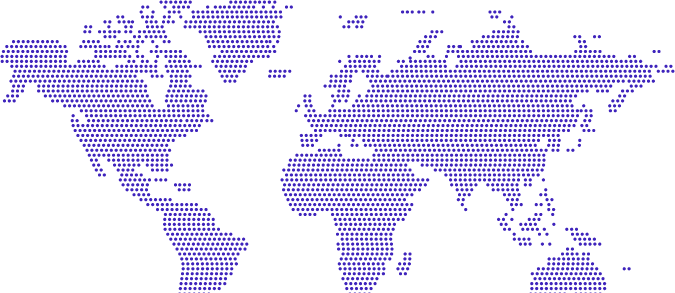Internet facilities do not only develop within themselves, accessibility to the Internet also develops and changes as hardware. Sometimes people's demands inspire this change, and sometimes change itself drags people after them. Regardless of the point reached, the truth is; We are in an age which digital platforms are experienced by various devices with different hardware and usage possibilities.
We have been familiar with the idea of the internet that can be experienced on mobile phones for a long time now. Responsive design technologies and the mobile site technologies specific to the interface possibilities of these devices have developed during this time. What we want to talk about throughout this article is not the performance of your company's website when visited with a mobile phone. If you haven't figured this out yet, you're way behind. This problem should have been resolved years ago. While planning about the interface, we want to think about the screen sizes of multiple devices and the visitor behaviors that we can demand within the possibilities of these dimensions.
Different Screens, Different Expectations
There are also demands that are independent of the platform. On every platform, people demand the interface which they relate to easily, which they understand and which is fast. They want to get answers from the interface and get instant notifications relating to the results of their interactions. Apart from these, is it possible to guess people's expectations of visits from the device they use only?
Visitor Expectations
There is an area where the expectations of the visitors and our demands intersect. People want to communicate with you through digital platforms and the communication facilities provided by the platform are limited.
On computers, assuming you have an e-mail program that will respond to the command "mail to", they will use this feature. And on smart phones, we try to communicate with the "call to" command.
People want to consume content, and we plan to offer people as much content as possible, in a clean layout as possible, in vertical or horizontal flow plans.
We try to find the most optimized point between the demands of the people and the size of the screens.
Computer Screens
What other information does knowing that a visitor is on a computer gives us? Having an idea about these will make us realize our possibilities. The computer visitor mostly uses a mouse or has a touchpad to manipulate the cursor on the screen. In fact, it is certain there is a cursor on the screen. They are most likely right-handed and look at everything you design through a 1366x768 pixel window. Even if you create your designs in an area of 1920 pixels, it is not the final truth… Not everyone uses those big screen and high resolution design computers.
This is the most comfortable space for designers. After all, the man has a mouse… Today, most of the daily computer users are experts in this field. People who regularly use computers are well-educated in this area. They're people actively working on the computer. Do not assume that designing an interface for these people will be relatively easy for other users. Active computer users have been using global sites and desktop applications for a very long time. They developed their current user habits through these high-level platforms. So you must be good.
Mobile phones
How can we make predictions about someone visiting your site with a mobile phone? They're probably right-handed and hold the phone upright. They may be more careless than a computer user. They may not be sitting in a chair; may be walking, on the bus, on the subway, or even on the toilet. The attention, interest and care they will devote to you will be relatively less than the computer user. Taking these facts into consideration can help you find the most efficient point between the demands of the visitors, your demands, technological possibilities and user habits.
People are not very comfortable with cell phones yet. For the younger generations, this may seem like a talent they have acquired without realizing it. In fact, the talent they have gained over phones without realizing it is content consumption and gaming. There are people who are masters of complex mobile games and cannot fill in an order form or address information. It is important to always stay between technological possibilities and habits. People are more comfortable doing things they are used to than things they know.
Televisions
Let's start thinking about a visitor visiting the digital platform through the TV… probably in the living room of their house. They have a lot of time reserved for you, in a comfortable environment. It cannot be said that they have gotten used to the tool they had to use to navigate the platform. A TV has neither a keyboard nor a mouse. Voice search can make his job easier ...
Video content platforms such as Netflix and YouTube have also converted the TV into a device. People interact less with TV. While watching a two-hour movie, you don't touch the remote too much. When people stand in front of the TV and open something, they don't want to interact with it, instead they desire not to be disturbed.
The Conclusion
There is a strange race here… Run with the hare and hunt with the hounds... Between people, platforms, habits and technological possibilities, there is a fertile field whose focus is constantly shifting. This area is determined by your expectations. What do you expect people to do? Can your expectations be realized with the current technological possibilities? Are people's usage habits aimed at meeting your expectations?
People don't change right away, technology doesn't develop right away. But the most efficient way for your needs can be updated. It may be possible to achieve your goals in the most efficient way on every platform.
.png)



